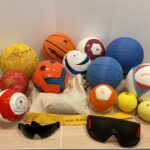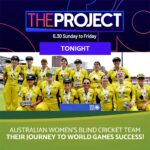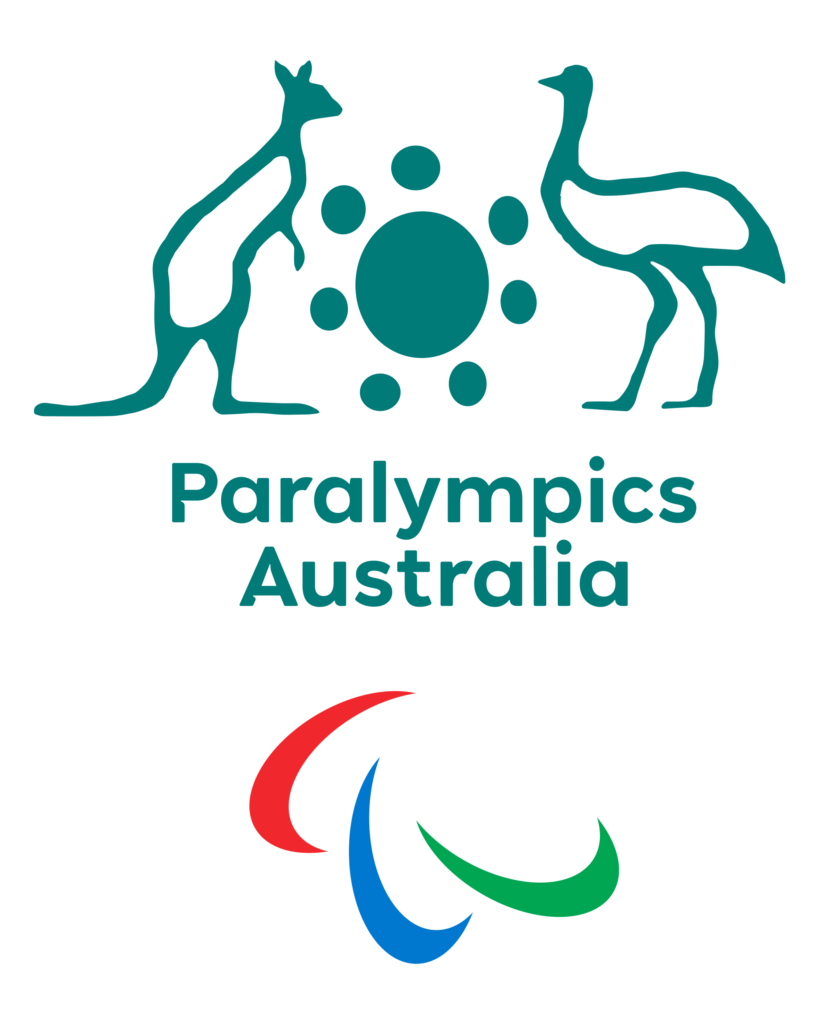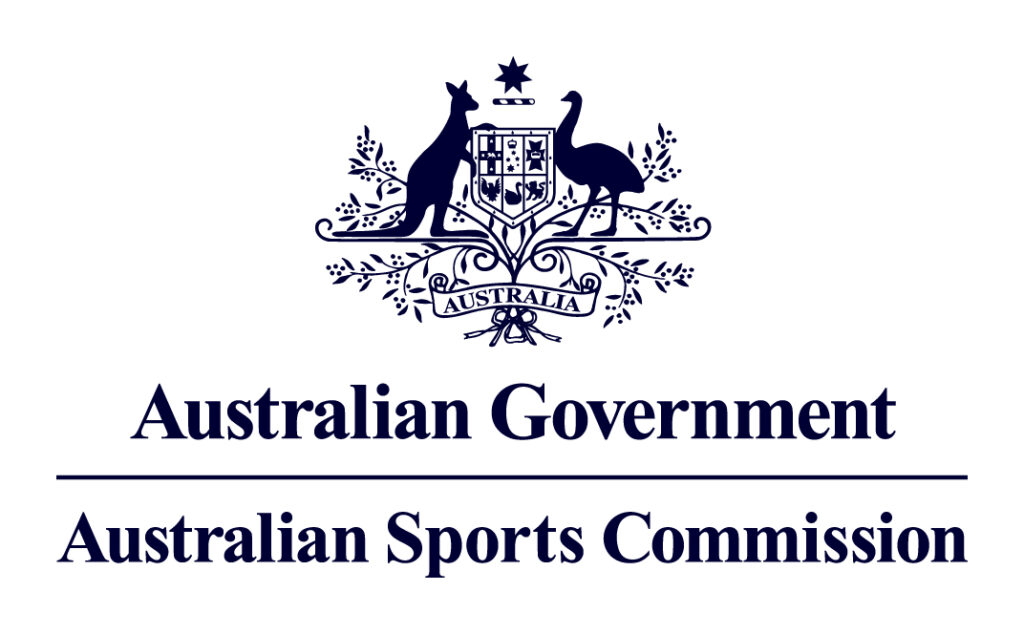Blind Sports Australia releases inaugural sport participation data

On World Sight Day 2022, we are pleased to release some findings from our inaugural Blind Sports Australia (BSA) 2022 Participation Survey.
Our findings reveal the motivations and barriers to people participating in sport and show opportunities such as boosting female blind sport participation are a priority. While transportation and travel stand out as the single largest obstacle for a person with a vision impairment to play sport.
For the first time BSA has conducted national research into sporting participation, finding that 85% of respondents currently take part in sport, as either a player, coach/official or volunteer. 209 people were surveyed, with 111 self-reporting as being blind or having a vision impairment.
BSA CEO Matt Clayton welcomed the results, “For a long time it has been hard to find data around who is participating in sport from our blind and vision impaired community. We welcome the insights gained from our inaugural participation survey. Data is the key to help us understand and target key programs in more areas that need them, including female specific initiatives and seek funding to achieve those outcomes.”
79% of respondents who are blind or vision impaired participate in sport in some way, and 67% participate in a specific blind sport such as goalball or blind cricket. 21% of people surveyed who are blind or vision impaired do not participate in any sport. This is often due to factors such as availability of blind sports in regional areas, lack of awareness and lack of transportation.
While 75% of males with a vision impairment participate in a specific blind sport, that number drops to just 57% for females participating in blind sport.
“That’s nearly 20% less females with a vision impairment participating in blind sports than their male peers. We see this as an opportunity to build female specific initiatives that remove some of their reported concerns around cost, time, injury, and physical ability. By building such programs, we aim to motivate more women and girls to get active and try blind sports,” commented Matt.
We asked people to respond to the idea of an initiative to encourage more females to participate in blind sports and 70% of people love the idea. And over 60% of females with a vision impairment say they would be more likely to participate if such a program existed.
Such initiatives are likely to include a program to develop female blind cricket players – males are much more likely to play blind cricket (20%) than females (7%). The same story applies in coaching – across all sports males more often coach at 21%, compared to 9% of females – but this number drops to just 5% of female coaches who are blind or have a vision impairment.
Among several reported barriers to participation, the largest is transport. 94% of people who are vision impaired need transportation to participate in a sport, and the majority (59%) need the support of family, friend, or support worker to get there. Travelling by car is the most popular option (52%), followed by public transport (41%), and taxi services (37%).
“This data confirms what people are telling us – transport is big barrier. Three quarters of people who are blind or vision impaired, that don’t currently participate in sport, say they would if it were easier to travel there and back. Public transport is also less likely to be used by females and those living further away from metropolitan areas,” said Matt Clayton.
Just 14% of regional/rural residents surveyed use public transport to reach their sport, compared to 48% of metro residents. Males are also more likely to travel by public transport (55% compared to 23% of females) and travel alone.
The most popular sports across both blind sport and general sport are running, cricket and goalball. The top five blind sports for females are running, goalball, cricket, tennis and cycling. This is nearly the same for males, where the top five blind sports are cricket, running, goalball, tennis and soccer.
People’s appetite to join a sport that caters for people who are blind or have a vision impairment is high at 81%. Women who are blind or vision impaired are more likely to have started participating in a blind sport in the last five years (35%), than their male counterparts (16%).
Sport that caters for BVI participation can signal a safe, inclusive, and accessible environment for all and is a motivator for people to support. One respondent said, “I know some of the sports I participate in already cater for blind and vision impaired people. I value a sport organisation that does cater for this,”
Across the board, people’s motivations for participating in sport are similar with both groups citing health/fitness, competition, socialising/making new friends and connections to the community. People with a vision impairment are more likely to play sport to learn new skills, pursue high performance sport/competition and meet new people.
“Growing up I never got to participate in sport due to my vision impairment, There was never any sport that catered. I am seeing more and more blind sport, which is fantastic, it will motivate myself to try a new sport without feeling judged and left out,” commented one survey respondent.
Younger people, aged 35 years or less, are more likely to play goalball and soccer compared to older age groups, while people over the age of 50 are more drawn to golf and bowls.
Among people who are sighted, 33% are players and 96% report being involved in another way such as coaching/officials, volunteering, or administration.
To download a copy of this article, please go to bsadatamediarelease.pdf
For information and to arrange interviews contact Felicity Wilkeson, Marketing and Sponsorships Manager 0411 386 162 or felicity@blindsportsaustralia.com.au









